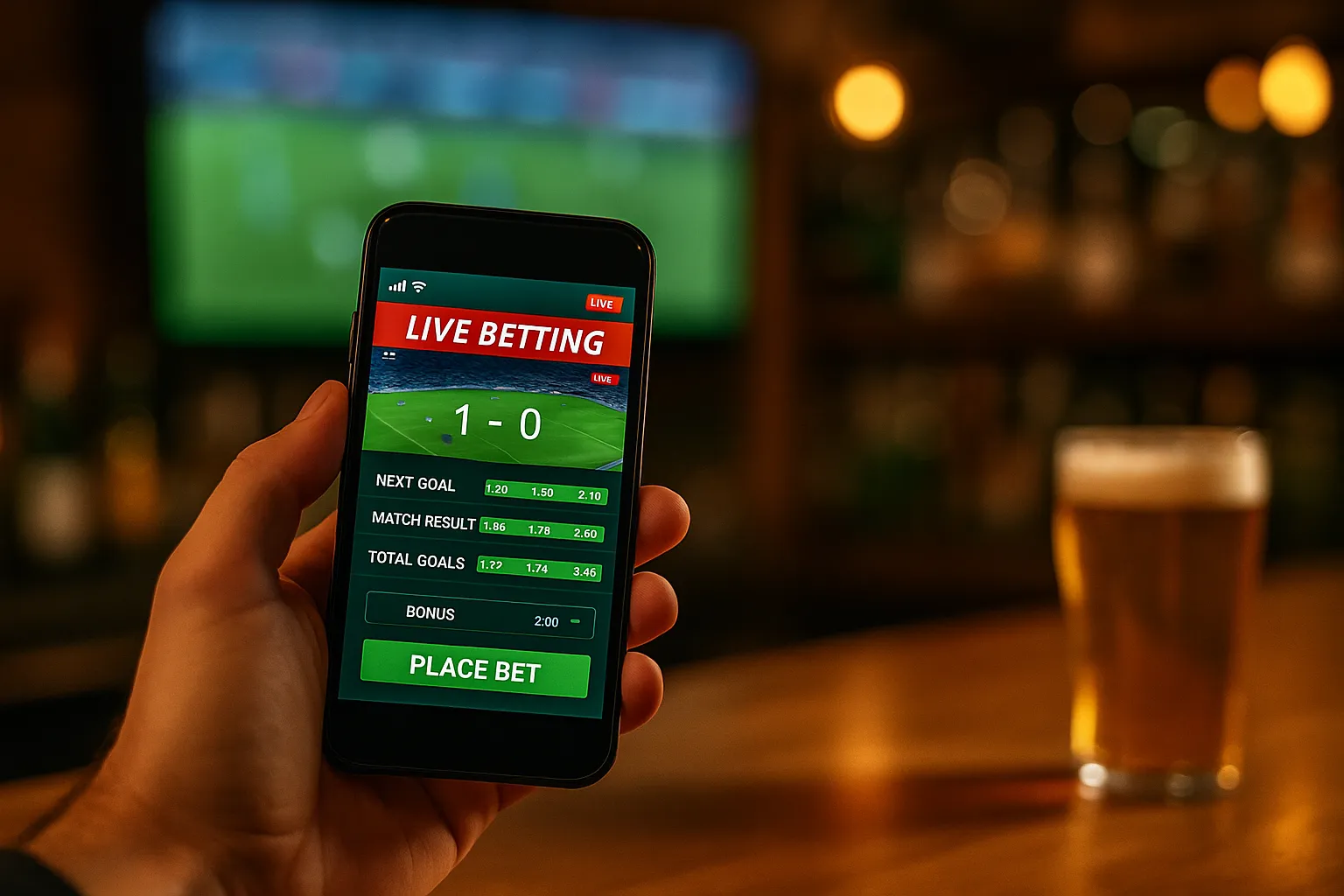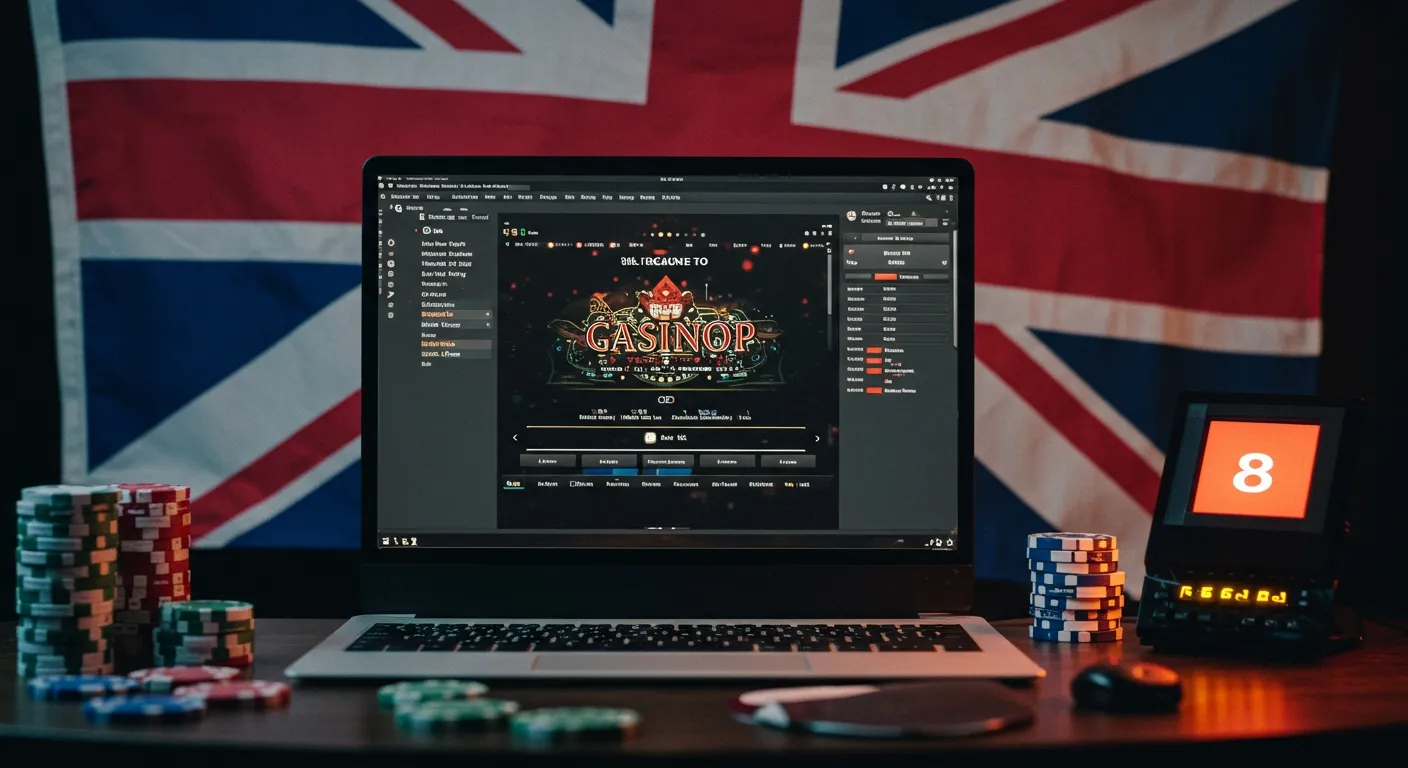Diving into live betting can feel like balancing on a tightrope: odds move rapidly, stakes fluctuate, and impulses can take over. Over the last decade, I’ve wagered on football matches, tennis sets, and even niche e-sports in real time, learning valuable lessons about managing my bankroll responsibly. Optimizing your bankroll for live betting isn’t just about protecting your funds—it’s about making informed decisions, maintaining discipline, and ultimately enhancing your enjoyment of the fast-paced action.
Before placing that next live bet, it helps to have a clear strategy. A robust bankroll management plan ensures you withstand inevitable losing streaks, capitalize on favorable odds shifts, and stay emotionally grounded. Whether you log bets via desktop browsers or on one of the top 10 betting apps uk, the principles remain the same: define limits, employ dynamic staking, and conduct post-session reviews.
Establishing Clear Bankroll Limits
A foundational step in optimizing any wagering strategy is setting a precise bankroll limit—funds reserved exclusively for betting. This limit should be an amount you can afford to lose without impacting daily living expenses or essential savings. In my early betting days, I once let my bankroll creep into credit-card territory after a string of exciting live bets. That mistake taught me to separate fun money from essential funds.
Defining Your Unit Size
Once you’ve allocated your total betting bankroll, divide it into uniform units—typically 1% to 5% of your total. Using a 2% unit size on an initial bankroll of £1,000 would mean £20 per unit. This approach offers two critical benefits: it prevents catastrophic losses from single high-stake bets and provides a clear framework for adjusting stakes based on confidence levels.
Creating Sub-Limits for Live Sessions
Live betting sessions often feel different from pre-match wagers. The immediacy can tempt you to increase unit size mid-session. To avoid this, set a session cap—a maximum you’re willing to risk in a single live-betting stint. Personally, I limit myself to 20% of my total bankroll per session, ensuring I walk away before fatigue or frustration takes over.
Dynamic Staking Strategies
Static unit sizes work well for pre-match bets, but live betting demands agility. Odds change in real time, and a shifting-market strategy can help you exploit value.
Proportional Staking
In proportional staking, you adjust your bet size based on the perceived edge. For example, if you identify a live market inefficiency—say, a football underdog that has recovered possession dominance—you may temporarily increase your stake to 3 units rather than 2. However, this tactic requires strict discipline: if the edge vanishes, stakes revert to baseline immediately.
Kelly Criterion Basics
Advanced bettors often reference the Kelly Criterion, a formula that calculates the ideal bet fraction to maximize growth while minimizing risk. Although full Kelly can be aggressive, employing a fractional Kelly (e.g., half-Kelly) tempers volatility. Calculating Kelly in real time can be complex, so I recommend using a simple spreadsheet or staking app to guide your adjustments rather than making on-the-fly mental math.
Monitoring and Adjusting In-Play
Real-time monitoring is crucial. Successful live bettors keep an eye not just on the game, but on evolving patterns, injury updates, and momentum swings. By tracking key metrics—such as possession stats in football or break points won in tennis—you can make quicker, more informed decisions.
Utilizing Live Analytics
Many betting platforms integrate live data feeds and visual aids. I often scan the in-play dashboards of leading bookmakers to gauge whether odds shifts align with observable trends. If an apparent momentum stall in a basketball second quarter isn’t yet reflected in odds, a quick hedge bet can lock in value.
Hedging to Protect Your Bankroll
Hedging allows you to secure profit or minimize losses mid-match. Suppose you back Team A pre-game at 2.5 odds and they lead 1–0 in the final minutes. Placing a small hedge on Team B at 3.5 odds can guarantee a profit regardless of the final outcome. While hedging isn’t always available on every market, understanding when to employ it can preserve your bankroll during volatile in-play swings.
Post-Session Analysis
No matter how well you perform, reviewing your live betting sessions fosters growth. Recording stakes, odds, outcomes, and decision rationales allows you to identify strengths and areas for improvement.
Keeping a Betting Journal
In my journal, I note the market, pre-live and in-play odds, stake size, and a brief summary of why I placed each bet. Over time, patterns emerge: perhaps I perform best on football second-half handicaps but struggle on rapid in-play basketball lines. Use these insights to refine your unit sizes and staking approaches.
Analyzing Profit and Loss Distributions
Assess not only total profit but also the distribution of wins and losses. A few large wins can mask many small losses—and vice versa. Understanding this distribution helps you tweak your staking plan. For instance, if you find most profits come from underdog recoveries, you might allocate a separate mini-bankroll to focus on those situations.
Responsible Betting Mindset
Optimizing your bankroll extends beyond numbers. Emotional resilience and a responsible mindset safeguard your enjoyment and long-term success.
Avoiding Chasing Losses
Chasing losses is a quick route to disaster. If you hit your session limit without profit, stepping away is often the wisest choice. Personally, I set an automatic cool-down period—at least 24 hours—whenever I lose more than 10% of my bankroll in a single session.
Balancing Analysis with Discipline
While data-driven decisions are crucial, they must align with disciplined execution. Overanalyzing every in-play move can lead to hesitation, while underanalysis invites reckless bets. Striking the right balance takes practice—but it’s the hallmark of seasoned live bettors.
Choosing the Right Betting Platform
Your success also depends on selecting a reliable app or site. Features like fast odds updates, low latency streaming, and transparent market pricing reduce delays that can erode value.
Exploring the Top Contenders
A quick online search or review aggregator can highlight the top 10 betting apps UK for live markets. Look for platforms with positive user feedback on in-play interfaces, efficient cash-out options, and robust customer support.
Conclusion
Optimizing your bankroll for live betting is a multifaceted process combining clear limits, dynamic staking, rigorous analysis, and a disciplined mindset. By defining unit sizes, employing proportional or Kelly-based stakes, monitoring in-play data, and reviewing sessions critically, you can enhance both your profitability and enjoyment. Next time you dive into a live market—whether you’re tracking a football clash or diving into a tennis tiebreak—remember these principles to keep your bankroll healthy and your decisions sharp.




